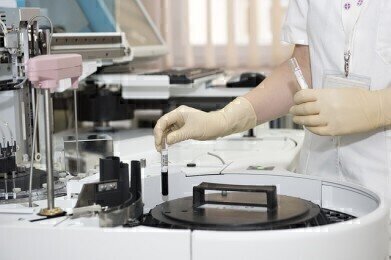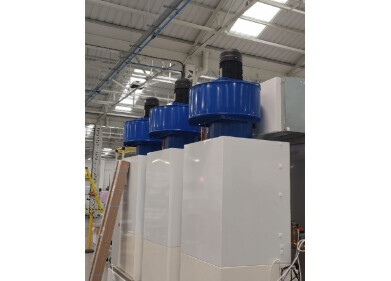Laboratory Products
How Much Waste Does Science Produce?
Oct 07 2019
While scientific research is generally associated with progress and growth, activists are raising concerns about the environmental cost of experimental science. The popularity of disposable plastics is one of the most pressing issues, with the resource-intensive nature of scientific research generating huge amounts of waste that are either burnt or sent to landfill. This has prompted environmental activists to target scientific research as a genuine threat to the planet.
A culture of plastic waste
While reusable glass Petri dishes, beakers and test tubes were once standard, many laboratories have replaced them with single-use plastics. Items such as plastic pipette tips and syringes are used once then sent to landfill, as are disposable filters, bottles, trays and other equipment. While plastic consumables come pre-sterilised and offer significant savings on time and labour, they also have a serious environmental cost when sent to landfill or disposed of in biohazard waste streams. Concerns over contamination mean most items can't be recycled.
A recent study conducted at the University of Exeter revealed just how big the environmental footprint of scientific research is, with researchers revealing the Department of Biosciences generates around 267 tonnes of plastic a year. When translated into a global context, they estimate laboratories around the world generate an enormous 5.5 million tonnes of plastic waste a year. Packaging is another concern, with laboratory supplies often wrapped and parcelled in materials that are notoriously difficult to recycle or reuse, including polystyrene (EPS), a synthetic aromatic hydrocarbon polymer used to insulate temperature-sensitive materials.
Calls for scientific sphere to minimise environmental waste
In the same way that everyday plastic waste is avoidable, environmental advocates assert the industry could make huge improvements when it comes to minimising waste. There are worldwide calls for the introduction of legal policies that would force laboratories minimise waste, including advanced sterilisation equipment that would support the reintroduction of glassware.
Cambridge University is leading the movement and recently introduced a Duty of Care policy designed “to ensure that any waste that is removed from University premises is stored, transported and disposed of without harming the environment.”
Want to know more about how laboratories are working to increase efficiency and minimise environmental impact? Using an analytical testing laboratory in Washington as a case study, 'Laboratory Optimisation Through Workflow Design - Leveraging Workflow Analysis to Drive Laboratory Efficiency' introduces the Lean Six Sigma techniques, an approach that systematically reduces variation and eliminates waste.
Digital Edition
Lab Asia 31.2 April 2024
April 2024
In This Edition Chromatography Articles - Approaches to troubleshooting an SPE method for the analysis of oligonucleotides (pt i) - High-precision liquid flow processes demand full fluidic c...
View all digital editions
Events
Apr 22 2024 Marrakech, Morroco
Making Pharmaceuticals Exhibition & Conference
Apr 23 2024 Coventry, UK
Apr 23 2024 Kintex, South Korea
Apr 23 2024 Seoul, South Korea
Apr 24 2024 Jakarta, Indonesia




.jpg)













